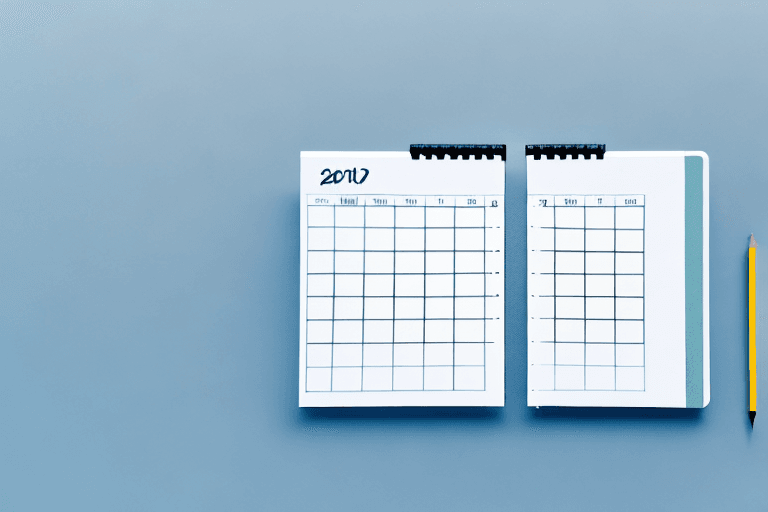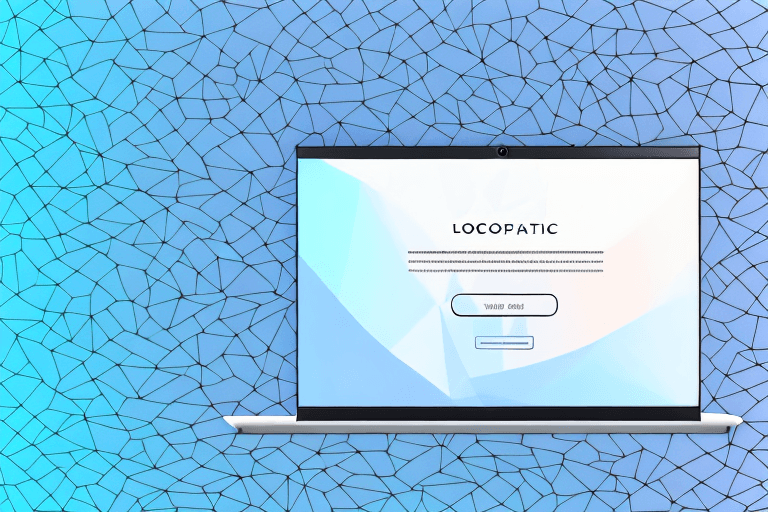Scheduling a meeting via email can be a time-consuming and potentially frustrating process, but it doesn't have to be. With a well-crafted meeting email template, you can streamline the scheduling process and ensure that all necessary information is communicated clearly and concisely. In this article, we'll explore the essential components of an effective meeting email and provide tips and tools for ensuring your email gets results.
Understanding the Importance of a Well-Crafted Meeting Email
Email is a primary mode of communication in the professional world. It's important to remember that your meeting email is much more than just a scheduling request. It represents you and your organization, and it sets the tone for the entire meeting.
The Role of Email in Professional Communication
Email has become the primary way for professionals to communicate, especially across organizations, departments, and countries. Whether you're scheduling a meeting, following up on a project, or sending a proposal, email is a critical tool for getting things done. However, with the increasing volume of emails we receive every day, it's important to recognize the impact your email can have on the recipient and how they perceive you and your organization.
For example, a poorly written email with typos and grammatical errors can make you appear unprofessional and careless. On the other hand, a well-crafted email that is clear, concise, and respectful can help you build strong relationships with your colleagues and clients.
First Impressions Matter: Setting the Tone for the Meeting
Your meeting email is the first impression the recipient will have of you and your organization. It's crucial to make a positive and professional impression to set the tone for a successful meeting.
One way to do this is to personalize your email. Use the recipient's name and address them respectfully. This shows that you value their time and are invested in building a professional relationship with them.
Another way to set the tone for the meeting is to be clear about the purpose of the meeting and what you hope to accomplish. This can help the recipient prepare and come to the meeting with a clear understanding of what is expected of them.
Finally, be sure to proofread your email before hitting send. Check for any typos, grammatical errors, or unclear language. This will help ensure that your message is received as intended and that you are taken seriously as a professional.
In conclusion, a well-crafted meeting email is critical for successful professional communication. By recognizing the role of email in professional communication, making a positive first impression, and setting the tone for the meeting, you can build strong relationships with your colleagues and clients and achieve your professional goals.
Essential Components of a Meeting Scheduling Email
Clear and Concise Subject Line
The subject line is the first thing the recipient will see, so it's important to make it specific, clear, and informative. A good subject line should include the purpose of the meeting, suggested date and time, and location. This will allow the recipient to quickly assess whether they can attend and prioritize their response.
For example, instead of "Meeting Request," try "Marketing Team Meeting: Discuss Q3 Strategy - 10/15 at 2pm - Conference Room A."
Introduction and Context
After the subject line, the first paragraph should introduce yourself and your organization, as well as your relationship with the recipient. This will help establish credibility and build rapport.
For instance, "Dear John, I'm Jane from XYZ Corporation. We've worked together in the past on several successful projects. I'm reaching out to schedule a meeting to discuss our upcoming product launch."
It's also important to provide a brief context of the meeting so the recipient knows why it's important and what to expect. This can be done in one or two sentences.
For example, "During the meeting, we'll be discussing the marketing strategy for our new product launch, including target audience, messaging, and channels."
Suggested Date, Time, and Location
When suggesting a date and time for the meeting, it's best to offer at least two potential options to accommodate different schedules. Make sure to also offer a location that is convenient for all attendees, and consider time zones if the meeting is international.
For example, "I suggest we meet either on Tuesday, October 15th at 2pm or Wednesday, October 16th at 10am. The meeting will be held in Conference Room A, which is located on the 3rd floor of our headquarters."
It's also important to provide clear and concise directions to the location, including any parking or security information that may be relevant.
Purpose and Agenda of the Meeting
The body of the email should clearly state the purpose of the meeting and what will be discussed. This will help attendees prepare and ensure that everyone is on the same page.
For instance, "The purpose of the meeting is to discuss the marketing strategy for our new product launch. We'll be reviewing the target audience, messaging, and channels, as well as discussing any potential roadblocks or challenges."
You may also want to attach an agenda to the email to provide more detail on the topics that will be covered.
Attendees and Their Roles
List all attendees and their roles so that everyone knows who will be present and who will have speaking or decision-making responsibilities during the meeting. This will help ensure that the right people are in the room and that everyone knows what is expected of them.
For example, "The attendees for this meeting will be myself, John Smith from the sales team, and Sarah Johnson from the creative team. John will be responsible for providing feedback on the messaging and target audience, while Sarah will be presenting the creative concepts."
By including these essential components in your meeting scheduling email, you can ensure that everyone is on the same page and that the meeting runs smoothly. Remember to keep the email clear, concise, and informative, and you'll be well on your way to a successful meeting.
Tips for Writing an Engaging and Persuasive Email
Emails have become an essential part of our professional lives. They are used for communication, collaboration, and networking. Writing an engaging and persuasive email is a skill that can help you achieve your goals and build strong relationships with your colleagues, clients, and partners. Here are some tips to help you write an effective email.
Personalize Your Email
Personalization is key to making your email stand out. Avoid using generic or automated language. Instead, use the recipient's name, reference past conversations, or include an interesting fact to make the email personalized and relatable. This shows that you have taken the time to understand the recipient and their needs.
For example, if you are writing an email to a potential client, you could start by referencing a recent project they completed or a recent article they wrote. This shows that you have done your research and are genuinely interested in working with them.
Use Professional Language and Tone
The language and tone of the email should be written in a formal and professional manner. Avoid using colloquialisms, slang, or humor that could be misinterpreted. Remember, you are representing yourself and your organization, so it's important to maintain a professional image.
For example, instead of using slang like "Hey there," use a more formal greeting like "Dear [Recipient's Name]." This sets the tone for a professional conversation.
Keep it Brief and to the Point
An effective email should be concise and to the point. Make sure to convey all necessary information without unnecessary details or fluff. This helps the recipient to quickly understand the purpose of the email and respond accordingly.
For example, if you are requesting a meeting with a colleague, include the purpose of the meeting, the date and time, and any other relevant details. Avoid including too much background information or irrelevant details that could distract from the main purpose of the email.
Proofread and Edit for Clarity and Accuracy
The final step before sending the email is to proofread and edit for clarity and accuracy. Typos, grammar mistakes and inaccuracies can reduce the credibility of the email. Take the time to review your email and make sure that it is clear, concise, and error-free.
For example, read your email out loud to catch any awkward phrasing or unclear statements. You could also ask a colleague to review the email for you, as a fresh set of eyes can often catch mistakes that you may have missed.
By following these tips, you can write engaging and persuasive emails that will help you achieve your professional goals and build strong relationships with your colleagues, clients, and partners.
Tools and Techniques for Efficient Scheduling
Calendar Applications and Scheduling Tools
A variety of scheduling tools and applications can help you find common availability and set reminders for the meeting. Some examples include Calendly, Doodle, and Google Calendar.
Time Zone Converters for International Meetings
When scheduling meetings across time zones, it's essential to consider the time differences. Time zone converters such as World Clock Meeting Planner and Time Zone Converter can help accurately determine the appropriate times.
Using Email Templates and Canned Responses
Creating and saving email templates or canned responses can help streamline the scheduling process. These can be customized and reused, saving time and increasing efficiency.
Conclusion
A well-crafted meeting email is crucial to ensure a successful and productive meeting. By understanding the importance of email in professional communication, including the essential components of a meeting email and using tips and tools for efficient scheduling, you can save time and improve productivity.




